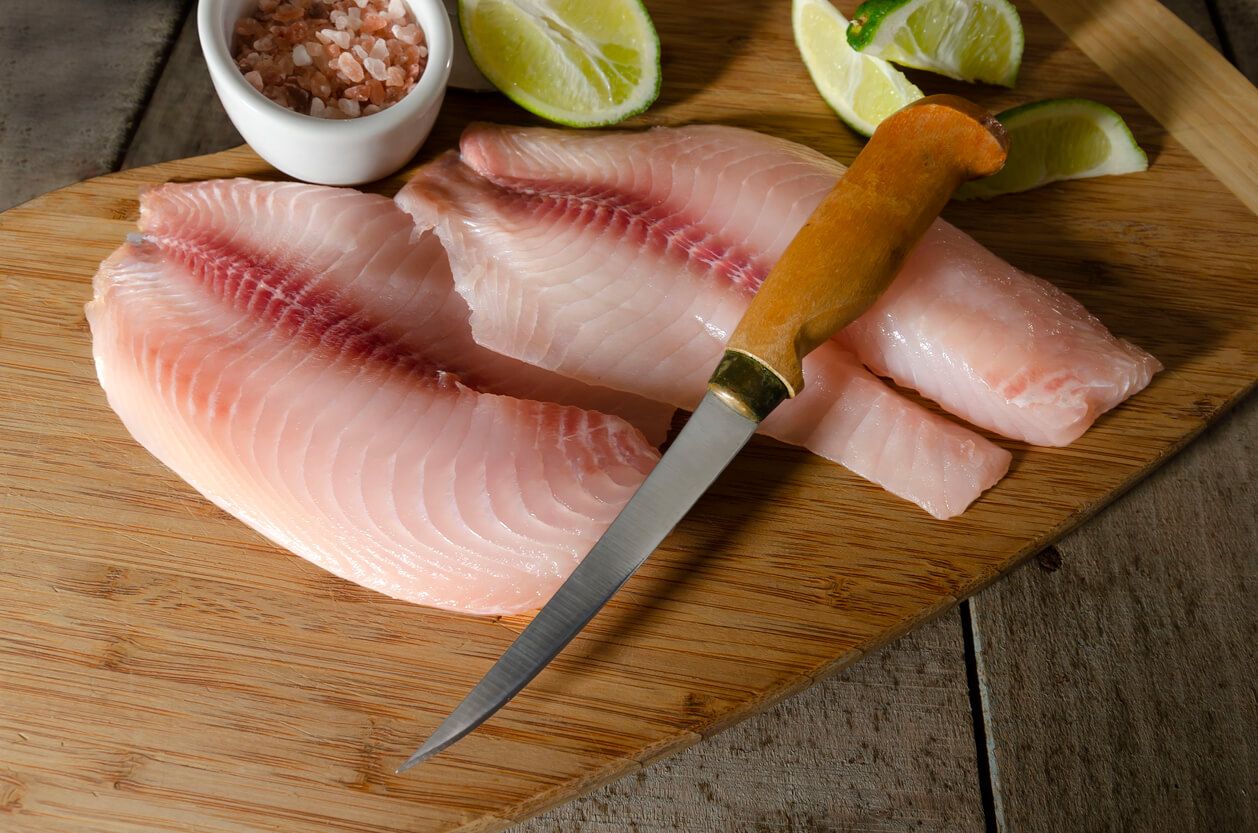A fillet knife is an essential tool for anyone who loves working with fish or wants to achieve precise cuts in the kitchen. With numerous options available, it can be challenging to determine which fillet knife is right for you.
In this micro-guide, we will walk you through the key factors to consider when choosing the right fillet knife for your kitchen.
Blade Size and Flexibility
One of the most critical aspects to consider is the size and flexibility of the blade. Fillet knives generally have long, thin, and flexible blades.
The length of the blade typically ranges from 6 to 9 inches. A longer blade allows for longer and smoother strokes when filleting fish, making it easier to achieve clean cuts.
The flexibility of the blade is crucial for maneuvering around the contours of the fish, especially when removing the skin and deboning. A more flexible blade enables precise cuts, ensuring that you can fillet the fish with ease and minimal waste.
Blade Material and Construction
The choice of blade material significantly impacts the performance and durability of the fillet knife. Here are some common blade materials and their characteristics:
- Stainless Steel: Stainless steel blades are popular due to their corrosion resistance and ease of maintenance. They offer good sharpness and durability. Look for high-quality stainless steel blades that hold their edge well and are resistant to staining or rusting.
- High Carbon Stainless Steel: Blades made from high carbon stainless steel provide excellent sharpness, edge retention, and corrosion resistance. They combine the best qualities of both carbon steel and stainless steel blades, making them a popular choice among professional chefs and home cooks.
- Titanium: Titanium blades offer exceptional corrosion resistance, making them ideal for use in saltwater environments. They are lightweight, strong, and highly resistant to wear and tear. Titanium blades are a preferred choice for anglers and those who frequently work with fish.
- Ceramic: Ceramic blades are known for their extreme sharpness and edge retention. They are lightweight and non-reactive, meaning they won't transfer any metallic taste to the food. However, ceramic blades are more brittle and require careful handling to avoid chipping or breaking.
Consider your specific needs and maintenance preferences when selecting the blade material. Each material has its advantages and considerations, so choose the one that aligns best with your requirements.
Handle Comfort and Grip
The handle of a fillet knife is another crucial factor to consider.
Look for a handle that feels comfortable and provides a secure grip, even when your hands are wet. Handles made of materials like rubber, textured plastic, or wood with a non-slip design can offer excellent grip and control.
Consider the size and shape of the handle to ensure it fits well in your hand, allowing for comfortable and efficient cutting motions.
Budget and Quality
Your budget is an important consideration when choosing a fillet knife. Determine a reasonable price range based on your needs and preferences.
While there are high-end options available, there are also many affordable fillet knives that offer excellent performance and quality.
Look for knives that strike a balance between price and quality, ensuring that you get a reliable tool without overspending.
Maintenance and Care
Proper maintenance and care are essential for prolonging the life of your fillet knife. Regular cleaning and drying after each use, as well as proper storage in a knife sheath or protective cover, can help prevent damage and corrosion.
Additionally, consider the sharpening requirements of the blade material you choose. Some blades may require more frequent sharpening to maintain their edge, while othersmay hold their sharpness for longer periods.
Choosing the right fillet knife for your kitchen is a decision that can greatly enhance your culinary experiences, especially when working with fish and achieving precise cuts.
Consider the blade size, flexibility, and material to ensure optimal performance and durability. Pay attention to handle comfort and grip for a secure hold. Keep your budget in mind and aim for a balance between price and quality. And remember to maintain and care for your fillet knife to prolong its lifespan and ensure peak performance.
When you have a fillet knife that suits your needs and preferences, you'll be equipped to tackle any filleting or precision cutting task with confidence.
Enjoy the process of selecting the perfect fillet knife for your kitchen, and elevate your culinary skills to new heights!
If you're eager to learn the proper techniques for filleting a fish, we invite you to visit our detailed step-by-step guide. Gain valuable insights and master the art of filleting fish with confidence and precision.
Please take note that if you're in the market for a new fillet knife or seeking an upgrade to your current one, we invite you to explore our informative article highlighting the best fillet knives available. Within this comprehensive guide, you'll find our top recommendations based on factors such as quality, performance, and customer reviews. Make an informed decision and find the perfect fillet knife that meets your needs and expectations.
Thanks for reading!



